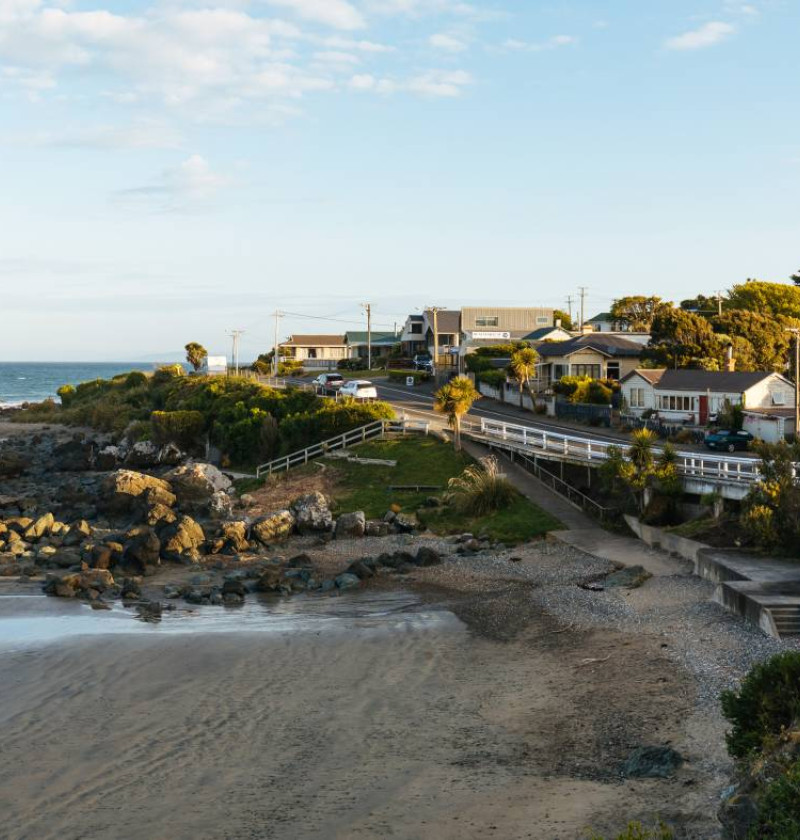PART B: Exposure draft of the Natural and Built Environments Bill


This Act is the Natural and Built Environments Act 2021.
This Act comes into force on X.
In this Act, unless the context otherwise requires,—
abiotic means non-living parts of the environment
biotic means living parts of the environment
coastal water means seawater within the outer limits of the territorial sea and includes—
cultural heritage—
district, in relation to a territorial authority, means the district of the territorial authority as determined in accordance with the Local Government Act 2002
ecological integrity means the ability of an ecosystem to support and maintain—
ecosystem means a system of organisms interacting with their physical environment and with each other
environment means, as the context requires,—
environmental limits means the limits required by section 7 and set under section 12 or 25
environmental outcomes means the outcomes provided for in section 8
freshwater means all water except coastal water and geothermal water
geothermal water—
infrastructure [placeholder]
infrastructure services [placeholder]
lake means a body of freshwater that is entirely or nearly surrounded by land
land—
mineral has the same meaning as in section 2(1) of the Crown Minerals Act 1991
Minister means the Minister of the Crown who, under any warrant or with the authority of the Prime Minister, is for the time being responsible for the administration of this Act
Minister of Conservation means the Minister who, under the authority of a warrant or with the authority of the Prime Minister, is responsible for the administration of the Conservation Act 1987
mitigate, in the phrase “avoid, remedy, or mitigate”, includes to offset or provide compensation if that is enabled—
national planning framework means the national planning framework made by Order in Council under section 11
natural environment means—
natural hazard means any atmospheric or earth- or water-related occurrence (including earthquake, tsunami, erosion, volcanic and geothermal activity, landslip, subsidence, sedimentation, wind, drought, fire, or flooding) the action of which adversely affects or may adversely affect human life, property, or other aspects of the environment
person includes—
plan—
planning committee means the planning committee appointed for a region for the purpose of section 23
precautionary approach is an approach that, in order to protect the natural environment if there are threats of serious or irreversible harm to the environment, favours taking action to prevent those adverse effects rather than postponing action on the ground that there is a lack of full scientific certainty
public plan change [placeholder]
region, in relation to a regional council, means the region of the regional council as determined in accordance with the Local Government Act 2002
regional council—
regional spatial strategy, in relation to a region, means the spatial strategy that is made for the region under the Strategic Planning Act 2021
river—
structure—
territorial authority means a city council or a district council named in Part 2 of Schedule 2 of the Local Government Act 2002
territorial sea means the territorial sea of New Zealand as defined by section 3 of the Territorial Sea, Contiguous Zone, and Exclusive Economic Zone Act 1977
te Tiriti o Waitangi has the same meaning as Treaty in section 2 of the Treaty of Waitangi Act 1975
unitary authority has the same meaning as in section 5(1) of the Local Government Act 2002
urban form means the physical characteristics that make up an urban area, including the shape, size, density, and configuration of the urban area
water—
well-being means the social, economic, environmental, and cultural well-being of people and communities, and includes their health and safety.
[Placeholder.]
The purpose of the national planning framework is to further the purpose of this Act by providing integrated direction on—
The provisions required by sections 10, 12, and 13 must include strategic goals such as—
In setting environmental limits, as required by section 7, the Minister must apply a precautionary approach.
[Placeholder for other matters to come, including—
[Placeholder for implementation principles. The drafting of this clause is at the indicative stage; the precise form of the principles and of the statutory functions they apply to are still to be determined. In paras (b) and (e), the terms in square brackets need to be clarified as to the scope of their meaning in this clause.]
[Relevant persons must]—
There must at all times be a natural and built environments plan (a plan) for each region.
The purpose of a plan is to further the purpose of the Act by providing a framework for the integrated management of the environment in the region that the plan relates to.
[placeholder]
[placeholder]
[Placeholder.]
[Placeholder] This section sets out—
[Placeholder.]
[Placeholder.]

PART B: Exposure draft of the Natural and Built Environments Bill
June 2021
© Ministry for the Environment